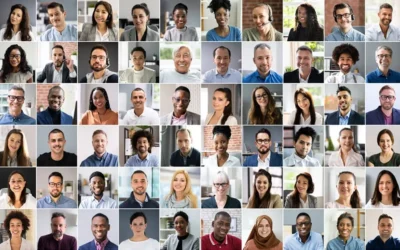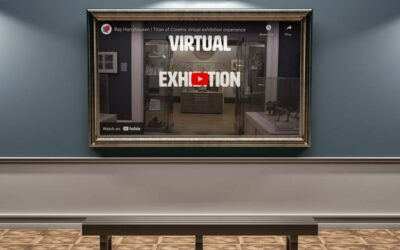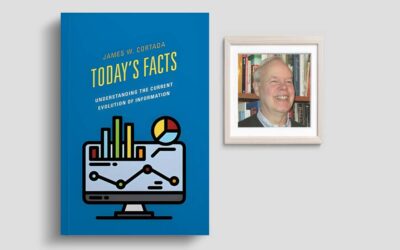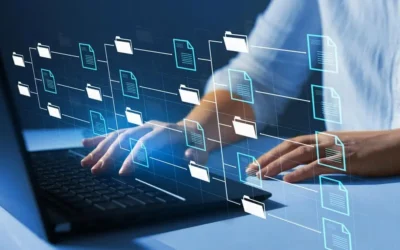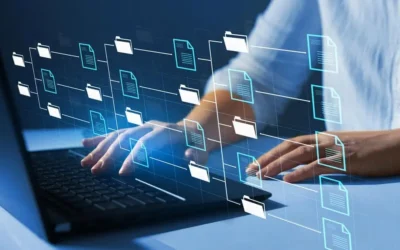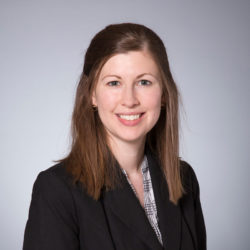Think Clearly Blog
Think Clearly Blog
- Blog Categories
- Special Libraries
- Knowledge Management
- Museums
- Archives

Lucidea’s Lens: Knowledge Management Thought Leaders
Part 107 – Arthur Shelley
Explore Arthur Shelley’s insights on leadership, co-creation, and knowledge strategy through curated works that showcase his expertise in collaboration and innovation.

Digital Museum Storytelling Example: A Look at Self-Determinate Linear Pathways
Self-determinate characteristics on a linear pathway go beyond brief sidebar topics and instead offer alternative ways to navigate the linear pathway.
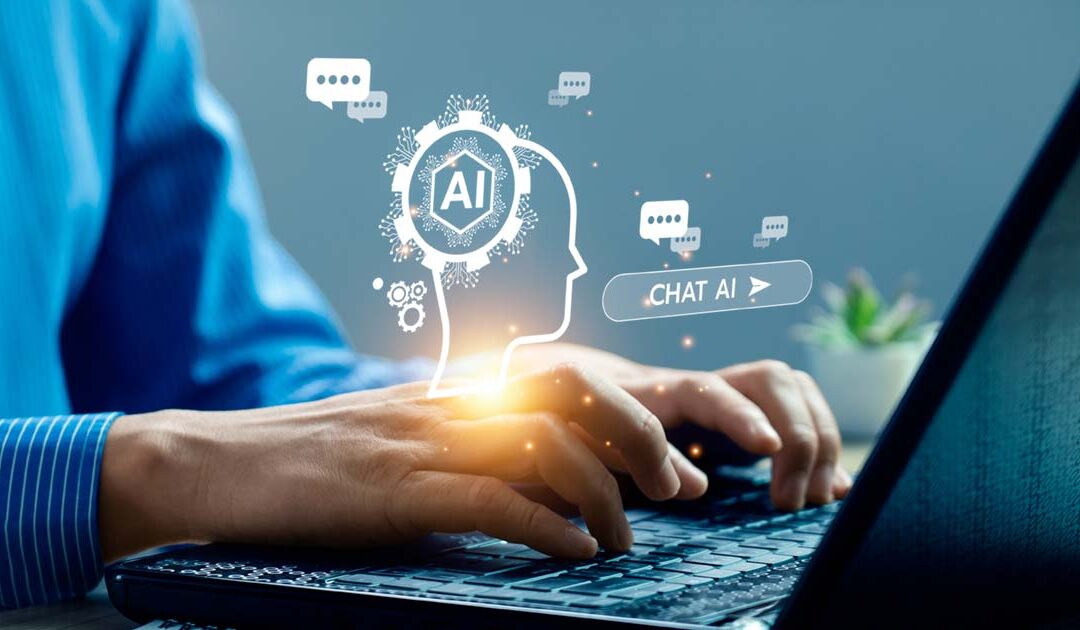
Understanding Shadow AI: Risks, Costs, and Governance
AI can enhance search, discovery, and efficiency, but unsanctioned adoption—known as “shadow AI”—can lead to budget overruns and compliance risks. Here’s how to evaluate AI pricing models and build a governance strategy that balances innovation with cost control.

Balancing Collection- and
Item-Level Information in Archival Description
How much detail is enough when describing an archival collection? Finding the right balance between broad overviews and detailed item descriptions ensures accessibility, research efficiency, and proper context for archival materials.
Lucidea’s Lens: Knowledge Management Thought Leaders Part 98 – Rachad Najjar
Generative AI, expertise mapping, and knowledge sharing—Rachad Najjar has spent his career at the intersection of these disciplines. As the CEO of 3R Knowledge Services and former knowledge-sharing leader at GE Vernova, he has helped many organizations design smarter KM strategies. In this edition of Lucidea’s Lens, Stan Garfield highlights Rachad’s contributions to the field.
Examining the National Galleries of Scotland’s Harryhausen Digital Exhibit
When the physical exhibit was forced to close prematurely, NGS pivoted to a fully online, digital exhibition. What resulted is a masterclass in digital storytelling, utilizing a multi-pathway structure and a variety of storytelling performance types.
Interview with the Author: Jim Cortada on Today’s Facts and the Evolution of Information
Dr. James Cortada, historian and senior research fellow at the Charles Babbage Institute, explores the history of information in his forthcoming book. By examining how information has been created, organized, and used over time, Cortada reveals patterns that continue to shape modern librarianship and knowledge management.
Understanding Archival Acquisition: Purpose, Methods, Challenges, Best Practices
Archival acquisition is the heart of preserving history, ensuring records of lasting value are saved for future generations. In this post, Margot Note breaks down the essentials of archival acquisition with tips and insights to help build meaningful archival collections.
Lucidea’s Lens: Knowledge Management Thought Leaders Part 97 – Art Murray
As CEO of Applied Knowledge Sciences and Chief Fellow of the Enterprise of the Future Program, Art Murray champions innovative approaches to knowledge curation, digital transformation, and governance. Discover Art’s work and impact on knowledge management and organizational transformation.
Translating Physical Museum Exhibits to the Digital Realm
Exhibit design has long been a cornerstone of storytelling, crafting immersive, sensory-rich experiences within museum walls. But when the story moves beyond the physical space, how can the principles of exhibit design thrive in a digital realm?
The Complicated Feelings Librarians May Have About AI
GenAI will affect how we do our work and the type(s) of work we engage in. In navigating the transformative potential of GenAI, we should engage in reflective practice that centers on our core professional values.
Ethical Considerations in Archival Appraisal
Archival appraisal involves not just technical processes but significant ethical considerations. Archivists must navigate privacy, representation, and access issues while making decisions that will shape the historical record.
Lucidea’s Lens: Knowledge Management Thought Leaders Part 96 – Peter Morville
Peter Morville is a pioneer in the fields of information architecture and user experience, with expertise in organizational strategy and planning. His specialties include findability, information architecture, user experience, usability, and systems thinking.
